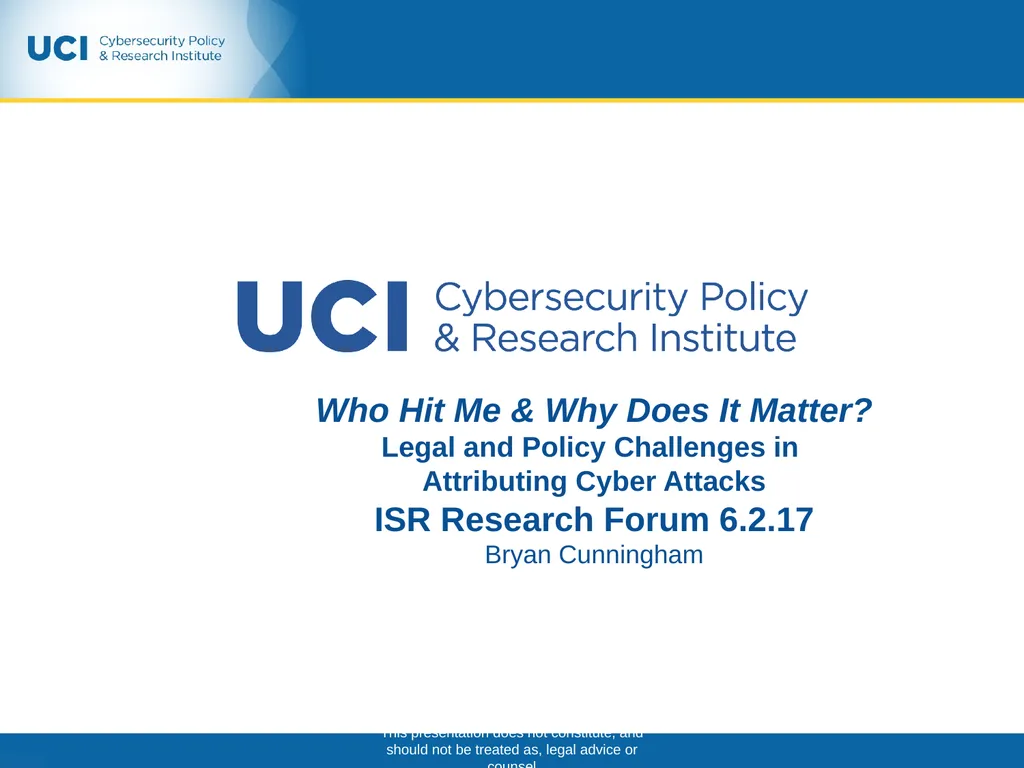
Who Hit Me & Why Does It Matter? Legal and
Author: conchita-marotz | Published: 2025-08-06
Description: Who Hit Me Why Does It Matter? Legal and Policy Challenges in Attributing Cyber Attacks ISR Research Forum 6.2.17 Bryan Cunningham This presentation does not constitute, and should not be treated as, legal advice or counsel What is
Download Presentation
Download the PPT/PDF: Download
Transcript:
Loading transcript…